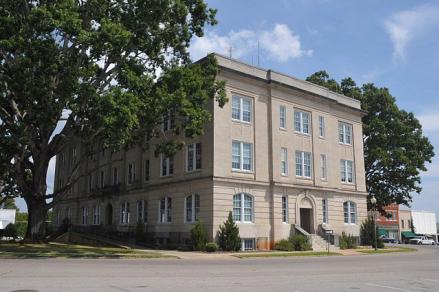

This lesson teaches the 1 st Amendment (specifically speech and assembly) by looking at demonstrations (national and local), narrowing in on a local landmark (Moore County Court House in Carthage, NC). The Moore County Courthouse has one prominent Confederate marker – making it a divisive issue in today’s political climate. The primary source used connects positive associations with Confederate sympathizers from the past and today. The teacher should help students understand how these symbols have different meanings for different groups.
First Amendment: The first amendment of the United States Constitution forms the basis of many civil rights and liberties, including, freedom of speech, freedom of religion, and the right to etition, and to peaceably assemble.
Freedom of speech: The right to communicate one's opinions and ideas without fear of government repression or censorship.
Freedom of assembly: The ability of groups to stage a protest to bring attention to their issue/greivance without fear of government repression or censorship.
Public space: A place that is within the public sphere of society, such as a town square or a busy street.
Public speech: Speech made within the public space.
Private speech: Speech made within one's home or within private property with the permission of the property owner.
Rubric: Teachers can allocate point values at their discretion based upon what best suits their classrooms